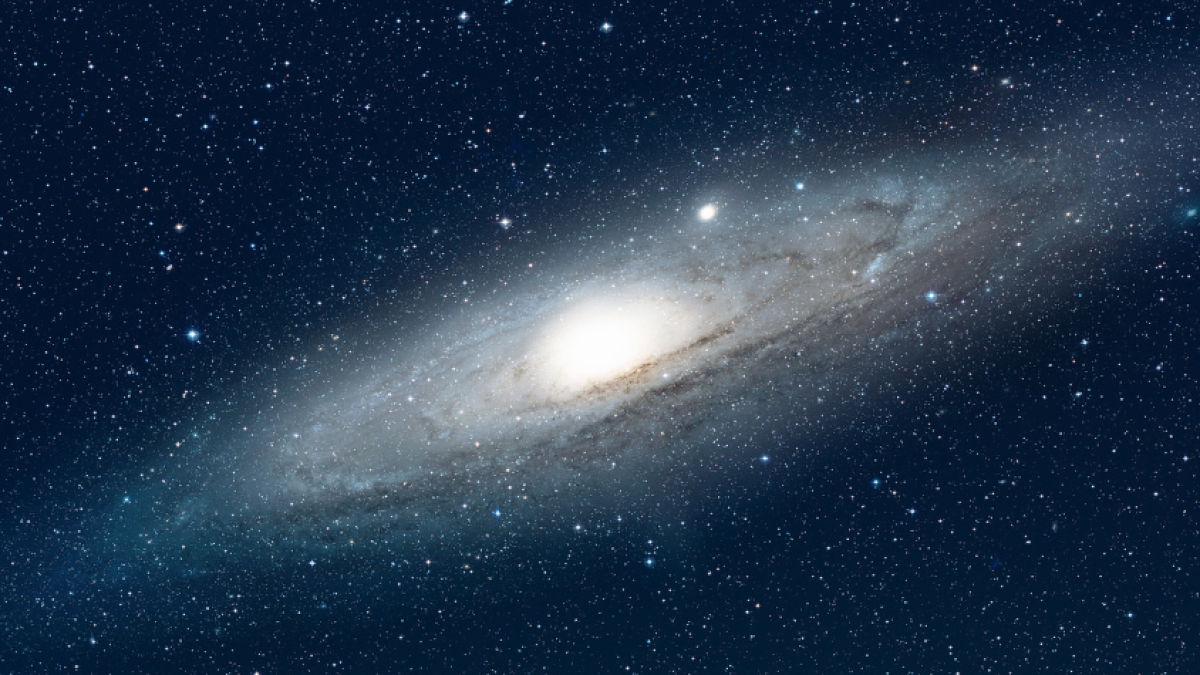According to information provided by the Europa Press Agency, Astronomers at the Weizmann Institute of Science (Israel) was able to capture the most detailed image of the supernova in The moment its light emerges from the material surrounding the exploding star.
For this, several telescopes were used. WM Keck Observatory in Hawaiithe results of a supernova are called SN2023ixf It was featured in the magazine “Nature”.
According to Europa Press information, so far. Supernovas were thought to be rare phenomena.This phenomenon occurred in the Milky Way alone approximately once every century, and illuminated the night sky with an intensity equivalent to the light of 100 million suns. The last noticeable explosion in this galaxy occurred several hundred years ago.
Now, thanks to advances in Telescope technology has made it easier to detect supernovae in distant galaxies.providing a greater amount of data than was previously available.
However, the challenge has remained the same since then Explosions are unpredictable, as astrophysicists capture events after they happen And trying to collect information from the remains left behind.
“That's what makes this supernova different. For the first time, we were able to closely follow a supernova when its light emerged from the surrounding material of which the exploding star was embedded.This was stated by doctoral student Erez Zimmerman, who participated in the research.
Astronomers capture a complex picture of a supernova
The researchers admitted that they had unexpected luck after that The Weizmann Institute for Science team will request observations on the Hubble Space Telescope Hoping to study the ultraviolet spectroscopic data of any supernova interacting with its environment.
Thanks to this, they witnessed in real time how a red giant exploded in the neighboring galaxy known as Messier 101also called pinwheel galaxy.
According to NASA records, the team was able to obtain data before the star's final disappearance (when it was still a red supergiant in the final stages of its life), This allows them to create a comprehensive picture of the supernova: the merger of its final days and the moment of its extinction.
“Calculations of the surrounding matter emitted in the explosion, as well as the density and mass of this matter before and after the supernova, create a discrepancy, making it very likely that the lost mass ended up in a black hole formed after the supernova. Explosion, which is usually very difficult to identifysaid doctoral student Edo Irani.
Karen Castaneda
Edit the digital range
the time
More El Tiempo news

“Proud web fanatic. Subtly charming twitter geek. Reader. Internet trailblazer. Music buff.”

:quality(85)/cloudfront-us-east-1.images.arcpublishing.com/infobae/TEQF6EONZRFGLLLDIDD4L2O4EE.jpg)

:quality(75)/cloudfront-us-east-1.images.arcpublishing.com/elcomercio/XU32LRAEZFDDPNVHLFU3CKVBYY.jpg)



More Stories
How to create 3D videos with my iPhone, it will be very useful even for your business
NASA discovers an anomaly in the Earth’s magnetic field that could have serious consequences for humans
Can the Earth be divided into two parts?